In February 2022, March was declared Minorcan History & Culture Month in St. Augustine.
Learn how Minorcans (Menorcan in Spanish) arrived in St. Augustine and where you can find the small but mighty datil pepper in various sweet and savory flavors.
At the end of the Seven Years’ War in 1763, East Florida was given to Great Britain, resulting in a majority of Spanish residents leaving. To rebuild the population, Britain passed the Proclamation of 1763 which allowed new settlers to receive land grants.
In 1768, Scottish speculator and physician Dr. Andrew Turnbull took advantage of this opportunity to start a 100,000-acre indigo plantation and colony in New Smyrna Beach, Florida. Indigo was highly valued in European markets and yielded a premium from the British government.
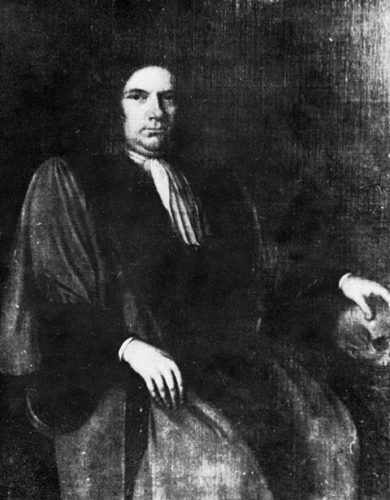
Around 1769, laborers became restless and rioted over worsening conditions, including wrongful convictions, dismemberment, and hangings. As they approached the end of their indenture, they asked to be released and receive the land plots promised to them. Those who asked were imprisoned and forced to sign new contracts of indenture.
In March of 1777, three Minorcan men asked to hunt for turtles on the coastline. Instead, they walked 70 miles north to speak with Governor Patrick Tonyn to no effect. In April, 90 Minorcan workers made the journey to plead their case in St. Augustine.
In July 1777, Tonyn ordered that all 600 laborers be released and granted asylum in St. Augustine where they settled in North Beach.
The Minorcans rebounded and thrived, and their Roman Catholic faith began the Orthodox experience of the Church in St. Augustine. Over the next 200 years, Minorcans contributed their skills as craftsmen, blacksmiths, and stonemasons. These settlers produced a variety of agricultural products, bringing produce and seafood to St. Augustine markets.
Visit the Menorcan Cultural Society website for more resources.
Father Pedro Camps
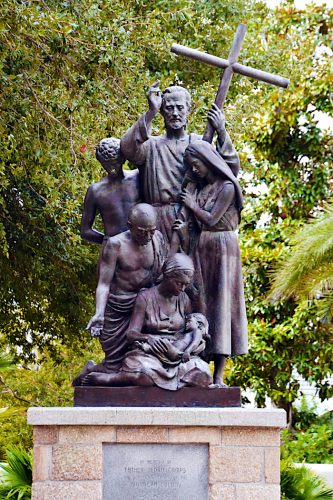
At 38 years old, Father Pedro Camps joined fellow Minorcan immigrants on Turnbull’s ships to serve as their spiritual leader with his assistant Father Bartolome Casanovas. He was instructed by the Holy See to contact their new Bishop in America, but his Roman superior was not fully aware of the situation.
Camps could not reach Bishop of Santiago de Cuba in British-held Florida until two Cuban fishermen came into the New Smyrna Inlet. They delivered Camps’s hastily-written note to the Bishop and two years later, Camps and the Bishop kept clandestine contact.
As plantation conditions worsened, he tended to the flock’s spiritual needs and kept the group together. Casanovas was eventually banished from the plantation in 1774 for his advocacy of the community’s settlers. In response, Camps petitioned for better conditions but was rejected. Being the only priest left, he obeyed for fear he’d be sent away, too.
Since the expedition from Minorca, Father Camps served as the doctor and undertaker while also keeping records on births, deaths, and marriages. The wages promised to him were withheld and when the ship to St. Augustine came to port, Turnbull’s authorities refused to board him.
He rejoined his parishioners in St. Augustine in November of 1777. When the Spaniards returned, Camps was still the only priest to speak Mahonese, therefore the only one who could hear Minorcan confessions. Though he longed to return to the Mediterranean for rest, he served in St. Augustine until his premature death on May 19, 1790. He was buried in the Tolomato Cemetery and then later moved to a crypt under the altar in the Cathedral Basilica.
Today, an eight-foot bronze statue weighing 2,000 pounds stands in the courtyard of the Cathedral Basilica recognizing Father Pedro Camps’ service and devotion to the Minorcan colony. Sculpted by Josef Vladimat of Barcelona, Spain, the statue was dedicated in 1975 to commemorate America’s Bicentennial on July 4, 1976.
The back plaque contains a list of family names of Minorcan colonists whose descendants live in the St. Augustine area.
Datil Peppers
If there’s one thing St. Augustine has a surplus of, it’s definitely datil peppers.
This small yellow-orange pepper is happiest in the St. Augustine climate where it grows abundantly and almost exclusively: 95% of all datil peppers are grown here.
In fact, the majority of datil products on the market are being produced by our locals! Plus, it’s listed as the Official Plant of St. Johns County.
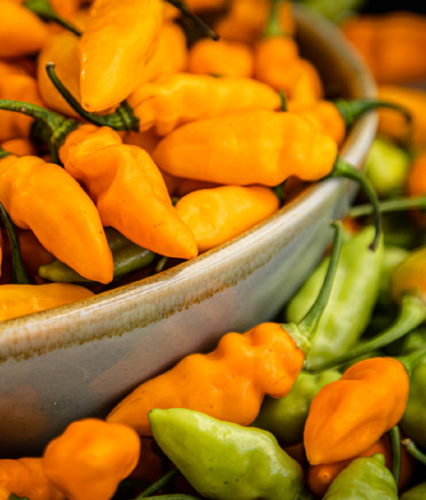
Its origins are debated with some suggesting the pepper has been used by Natives for centuries, some say it was brought here by a Cuban sauce maker in 1880, but most accept it came to Florida shores via indentured workers from Minorca in the late 1700s, especially since you can find these little peppers in just about every Minorcan recipe. The University of Florida continues to research its origins with DNA testing.
The heat is similar to a habanero, but with a subtle fruity flavor that lends itself well to jams, jellies, and sauces.
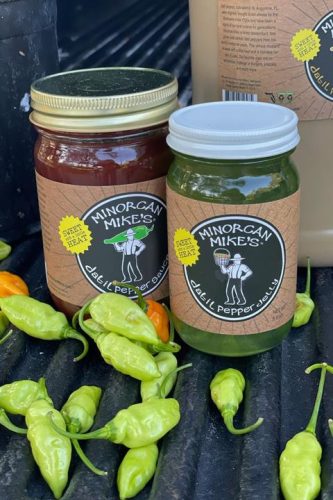
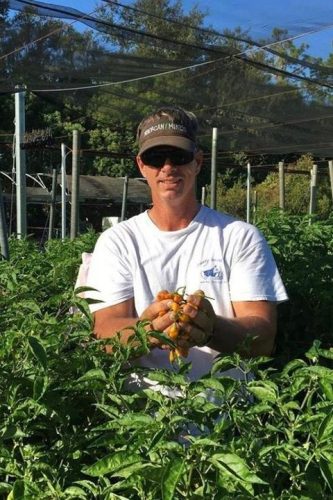
Part of the O’Steen family legacy, Minorcan Mike’s is a family-owned datil pepper sauce company specializing in everything this little pepper can do.
Mike is a St. Augustine native with fond memories of growing peppers with his grandfather and perfecting the family’s authentic recipes. Sauce-making started as a hobby for Mike until the demand led him to pursue creating tantalizing pepper sauces full-time.
Mike grows 40% of his own peppers and gets the rest from two local suppliers. Despite being 120 times hotter than a jalepeño, Minorcan Mike’s Datil Pepper Sauce compliments the heat with a sweet and tangy flavor.
Visit these local stops to see just how versatile the datil pepper can be!